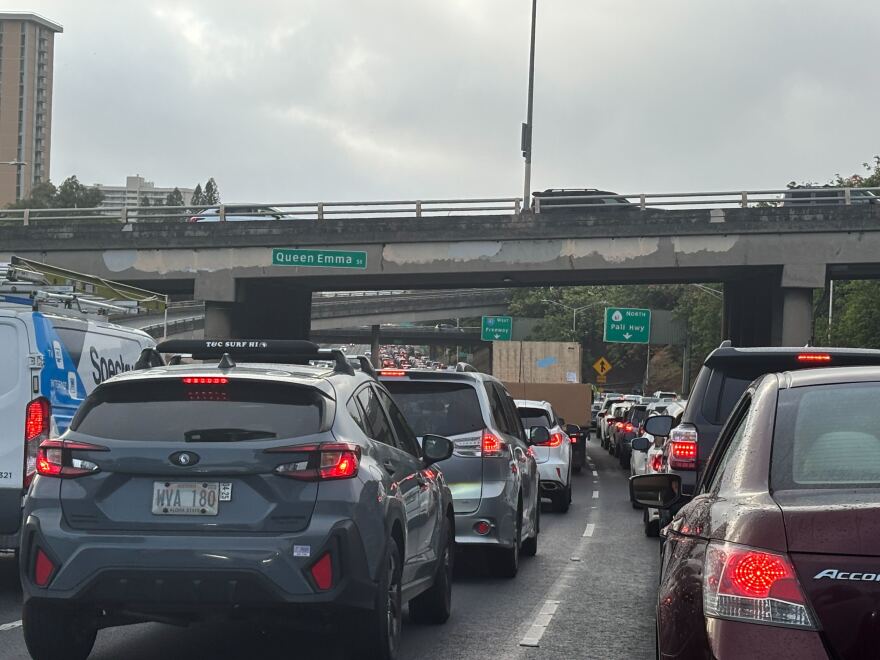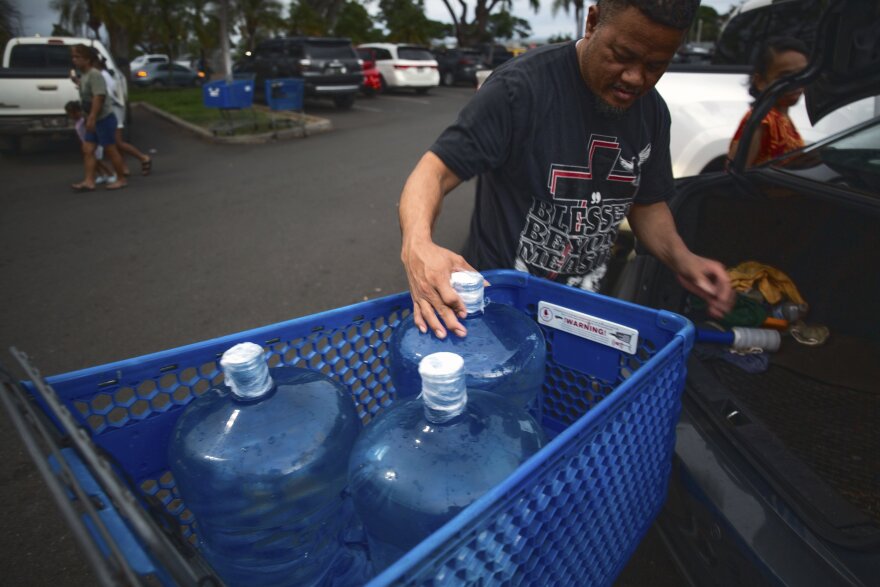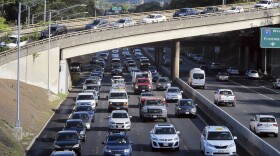State and local emergency response officials are working on an after-action report following the tsunami warning in July. Traffic during the evacuation period was a key concern.
Department of Transportation Director Ed Sniffen told lawmakers that although everyone was able to evacuate by the time the first wave was expected to hit, there could be improvements.

“We are going to make sure that our communications to the public are timely, we’re going to make sure that before we start pulling the trigger on 'everybody leave the office,' we're going to be looking at which intersections do we have to have police or flagmen, or in some cases military, at to ensure that we can start flushing traffic through,” he said.
“If we had that in place before traffic built up, it would be a lot easier for us to push traffic through those areas regardless of what the lights say.”
Another major concern was broken emergency sirens in areas across the state.
Currently, about 340 of the state’s 400 sirens are operational, according to the Hawaiʻi Emergency Management Agency dashboard. Several need maintenance, and 11 are beyond repair and need to be replaced.
HI-EMA Administrator James Barros explained that broken sirens in the tsunami inundation zone are prioritized. The agency is also using some federal funds to repair them.
“ We're going through the process and we're working with [Department of Accounting and General Services] so that we can front-load those sirens that we need fixed in the inundation zone because we recognize that there are some sirens that have been broken for a long time,” he said.
“It's working the system and getting a better working relationship on the sirens, on the funding into DAGS.”
He added that during the tsunami warning, they used Civil Air Patrol to make announcements from aircraft along the coastline.





